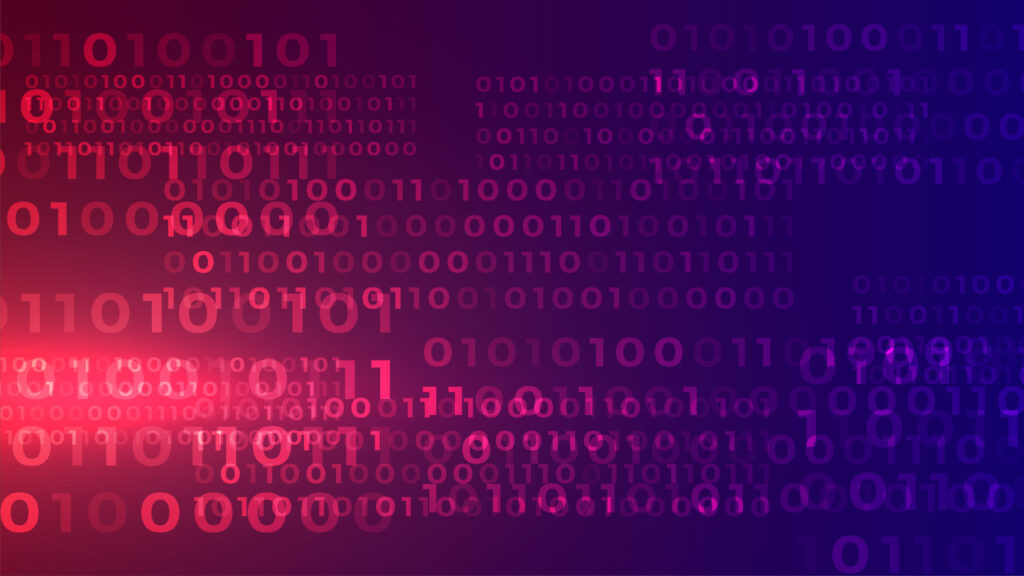MCQ on Computer Codes – Computer GK
Useful and informative MCQ on Computer Codes – Computer GK that includes topics like BCD Code (Binary Coded Decimal), EBCDIC Code (Extended Binary Coded Decimal Interchange Code), ASCII (American Standard Code for Information Interchange), Unicode, Encoding, etc.
These MCQ on Computer Codes – Computer GK are very helpful for competitive exams such as CPCT, GATE, IES/ESE, IBPS PO, IBPS Clerk, SBI PO, SBI Clerk, RBI, SEBI, LIC, NICL, BCA, B.Sc. IT, DCA, SSC, RRB, NIELIT CCC, CTET, UDC NET, CUET, MCA, PGDCA, MCS, TET, State Police, BPO, etc.
These MCQ on Computer Codes – Computer GK have correct answers and brief explanations of each question for better understanding.
Q1. Which of the following codes is used to represent decimal digits in binary form?
a) BCD Code
b) EBCDIC
c) ASCII
d) Unicode
Show Answer
Correct Answer: a) BCD Code
Explanation: BCD (Binary-Coded Decimal) Code is used to represent decimal digits in binary form. Each decimal digit is represented by a group of four binary bits.
Q2. Which of the following codes is primarily used for encoding characters in IBM mainframe systems?
a) BCD Code
b) EBCDIC
c) ASCII
d) Unicode
Show Answer
Correct Answer: b) EBCDIC
Explanation: EBCDIC (Extended Binary Coded Decimal Interchange Code) is primarily used for encoding characters in IBM mainframe systems. It is an 8-bit character encoding that can represent 256 different characters.
Q3. Which of the following codes is a widely used character encoding standard for electronic communication?
a) BCD Code
b) EBCDIC
c) ASCII
d) Unicode
Show Answer
Correct Answer: c) ASCII
Explanation: ASCII (American Standard Code for Information Interchange) is a widely used character encoding standard for electronic communication. It is a 7-bit character encoding that can represent 128 different characters, including letters, digits, punctuation marks, and control characters.
Q4. Which of the following codes is a universal character encoding standard that can represent virtually all written languages?
a) BCD Code
b) EBCDIC
c) ASCII
d) Unicode
Show Answer
Correct Answer: d) Unicode
Explanation: Unicode is a universal character encoding standard that can represent virtually all written languages. It is designed to replace other character encoding standards, such as ASCII and EBCDIC, and can represent over a million unique characters.
Q5. What is the primary purpose of a collating sequence in computer codes?
a) To represent decimal digits in binary form
b) To encode characters for electronic communication
c) To define the order of characters for sorting and comparison purposes
d) To represent virtually all written languages
Show Answer
Correct Answer: c) To define the order of characters for sorting and comparison purposes
Explanation: A collating sequence is used to define the order of characters for sorting and comparison purposes in computer codes. It determines the relative position of each character in a character set, which is essential for operations such as sorting strings and comparing text.
Q6. Which of the following codes uses 7 bits to represent characters?
a) BCD Code
b) EBCDIC
c) ASCII
d) Unicode
Show Answer
Correct Answer: c) ASCII
Explanation: ASCII (American Standard Code for Information Interchange) uses 7 bits to represent characters. It can represent 128 different characters, including letters, digits, punctuation marks, and control characters.
Q7. Which of the following codes uses 8 bits to represent characters?
a) BCD Code
b) EBCDIC
c) ASCII
d) Unicode
Show Answer
Correct Answer: b) EBCDIC
Explanation: EBCDIC (Extended Binary Coded Decimal Interchange Code) uses 8 bits to represent characters. It is primarily used for encoding characters in IBM mainframe systems and can represent 256 different characters.
Q8. In the ASCII code, which of the following characters has the lowest numeric value?
a) A
b) B
c) a
d) 0
Show Answer
Correct Answer: d) 0
Explanation: In the ASCII code, the character ‘0’ has the lowest numeric value among the given options. The ASCII value of ‘0’ is 48, while the values of ‘A’, ‘B’, and ‘a’ are 65, 66, and 97, respectively.
Q9. In the EBCDIC code, which of the following characters has the highest numeric value?
a) A
b) B
c) a
d) 0
Show Answer
Correct Answer: c) a
Explanation: In the EBCDIC code, the character ‘a’ has the highest numeric value among the given options. The EBCDIC value of ‘a’ is 129, while the values of ‘A’, ‘B’, and ‘0’ are 193, 194, and 240, respectively.
Q10. Which of the following is an advantage of Unicode over ASCII and EBCDIC?
a) Smaller character set
b) Compatibility with IBM mainframe systems
c) Ability to represent virtually all written languages
d) Simpler encoding scheme
Show Answer
Correct Answer: c) Ability to represent virtually all written languages
Explanation: Unicode is a universal character encoding standard that can represent virtually all written languages. This is an advantage over ASCII and EBCDIC, which have limited character sets and cannot represent many non-Latin scripts.
More MCQ on Computer GK for Competitive Exams
- Introduction to Computer
- Basic Computer Organization
- Number Systems
- Computer Codes
- Processor and Memory
- Secondary Storage Devices
- Input and Output Devices
- Computer Software
- Flowchart and Computer Languages
- System Implementation
- Operating Systems
- Application Software Packages
- Business Data Processing
- Communications and Networks
- Internet Concepts and IoT
- Multimedia and File Extensions
- Classification of Computers
- Cyber Safety and Cyber Crime
- Computer Viruses and Security
- Basic Computer Shortcut Keys
- Shortcut Keys for Windows
- Shortcut Keys for MS Excel
- Shortcut Keys for MS Word
- Computer Abbreviations Set 1
- Computer Abbreviations Set 2
- Computer Abbreviations Set 3
Get free Text Content Tools, Website Management Tools, Development Tools, Binary Converter Tools, Unit Converter Tools and SEO Tools on EuWebTools.
